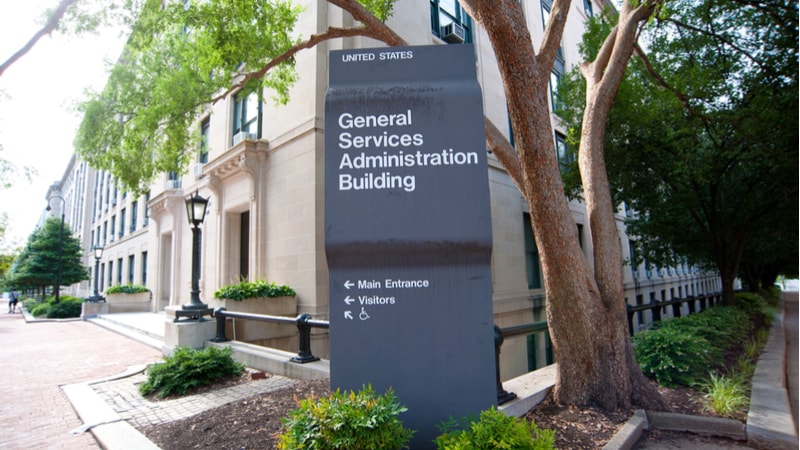
The General Services Administration (GSA) plans to reduce the number of special item numbers (SINs) from over 940 to “just over 300” as part of its Multiple Awards Schedule (MAS) consolidation effort, agency officials told industry members during a May 22 webinar.
The schedule consolidation effort, which aims to replace the 24 existing schedules with one all-encompassing schedule, includes an effort to better align SINs with North American Industry Classification System (NAICS) codes. GSA plans to publicly release the draft SINs in June, said Stephanie Shutt, director of the MAS program management office.
“Any opportunity to map a NAICS code one-for-one to a SIN – we definitely tried to do that,” she said. “The SINs in this new schedule will look suspiciously like the NAICS code it maps up to.”
In the place of the schedules, the new contract vehicle will have broad categories that will better align with government-wide efforts on category management. Categories will also likely be released in June.
“We’re trying to use category management as much as possible. You’re going to see large categories that are going to align pretty closely to the government wide categories, and then you’ll see subcategories underneath that that will also map as closely as possible,” said Shutt. “You’ll see a lot of it mapping and a little uniqueness as well.”
The alignment to existing structures is part of an effort to keep changes minimal and avoid any disruptions for industry or agencies.
“As much as possible, we’re trying to use existing systems of numbering and organizing that’s out there to minimize the amount of different things everyone has to learn,” Shutt added.
The consolidation effort aims to address common complaints from both industry and agencies, with IT at the forefront.
“The fact that a lot of companies, especially in IT, they felt they needed an IT contract and a professional services contract, and a Schedule 84 contract on top of that to be successful … It just became very burdensome,” said Shutt.
Shutt noted that companies currently on a GSA schedule are unlikely to see much change until the next phase of the consolidation, which will begin in January 2020, when they will be prompted to sign the updated terms and conditions. Once they sign the terms and conditions, they will be able to add any applicable SIN across the entire range of products and services. Contractors will have until July to sign the mass modification of terms and conditions.
“The mass modification will automatically map your current SIN structure to the new SIN structure. You will not need to do any modification to delete or add new SINs at this point – we will do that for you. Once you sign this mass modification, you will be able to add additional SINs that you might not have been able to add previously,” she noted.
Companies with multiple schedules will need to sign the new terms for all existing schedules, giving them multiple contracts under the new MAS schedule. While not ideal, Shutt noted that instant consolidation of contracts “is unicorn magic we do not have.”
Starting in July 2020, GSA will work with companies to get them down to one contract on the MAS schedule, but that consolidation will happen over the long term and on a company-by-company basis.
“This phase is not going to have a time constraint on it. We don’t know how long it will take, and how many BPAs are on these contracts, so we don’t want to put anyone in a situation where their contract has ended before their BPA has ended,” Shutt added.
One of the big steps in the process will come Oct. 1, when GSA closes the existing schedules to new companies and opens the new MAS schedule. A draft version of the terms and conditions for the MAS schedule is expected in early June, and will be open for public comment.
However, Shutt cautioned against companies against delaying some actions until the new MAS schedule.
“If you’re adding a SIN to your contract, I would say definitely just go ahead and get it at this point. Don’t wait for this new schedule, just go ahead and add whatever SINs you need to your new contract,” she said.
Throughout the process, agencies will see minor changes but should not see a major shift in how they acquire products.
“During this entire process, if you are working with customer agencies and any of them ask – they’re going to see little to no change. The only change they’re going to see is not going to be until July 2020 to update things like eLibrary and eBuy to remove the other 24 schedules.”
However, Shutt noted that changes outside the MAS Schedule effort will likely coincide with some of those changes.
“In July, what we’re going to do is update eBuy to move to more of a category view for the schedules program, so if agencies is putting out an RFQ, they can put out an RFQ against a large category or subcategory” Shutt added. “We’re going to remove the SIN level to ensure that industry has the ability to provide the best solutions to our customer agencies.”
